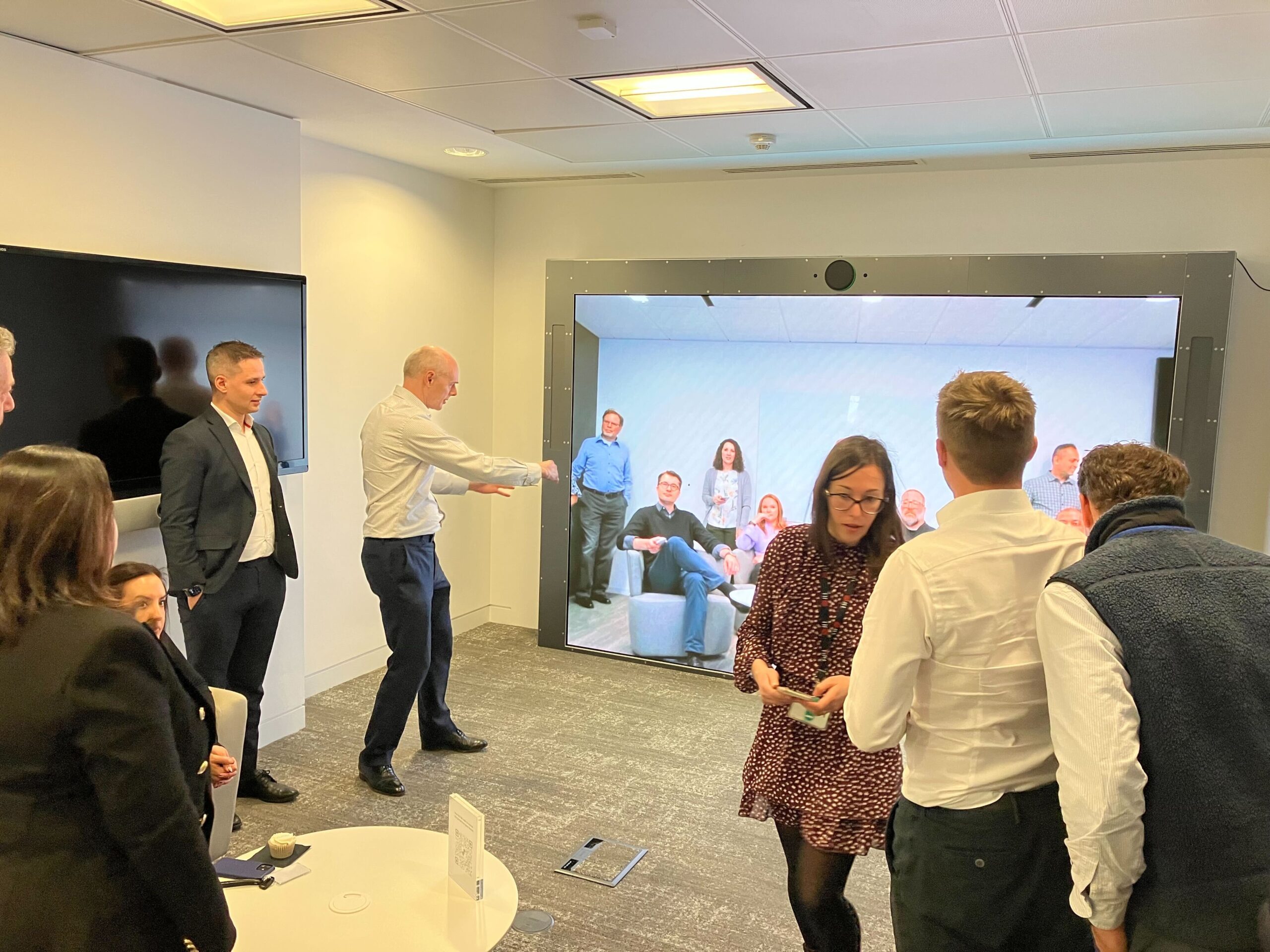Rent roll, in the context of commercial real estate (CRE), refers to a document or dataset that provides a detailed summary of the rental income generated by a property. It typically includes information about each individual lease within the property, such as the lease start and end dates, rental rates, square footage, and any additional concessions, charges, or expenses associated with the lease. Accurate rent roll data is crucial for asset managers as it provides an overview of the income stream generated by the property. As of 2023, total assets under management (AUM) for the 10 largest real estate asset managers collectively exceeded $1.9 trillion. This figure highlights the concentration of capital that relies on high fidelity rent roll data to evaluate their portfolio’s performance. However, this is a notoriously fragmented dataset, and the laborious task of collecting and standardizing this data has remained largely manual.
Fortunately, advances in data science and AI are helping streamline this process and they are driving measurable efficiencies across asset management workflows. JLL Spark portfolio company Proda has been proven to deliver just that, digitizing the way global funds and asset managers collect and standardize tenancy data. Proda can ingest data in various formats, standardizing information, and present it in consumable dashboards. For LaSalle Investment Management, Proda has significantly streamlined daily operations and improved efficiency.
LaSalle case study
Before Proda, LaSalle grappled with managing disparate rent rolls from different joint venture partners, often received in multiple formats. Property managers had to manually extract relevant data and ingest it into the database, resulting in time-consuming and monotonous work. This process created a considerable bottleneck in data ingestion and validation, impacting day-to-day operations and increasing administrative labor costs. Proda’s ability to ingest tenancy data in multiple languages and currencies, its ease of use, and its purpose-built nature made it a perfect fit for LaSalle’s asset management business.
The outcome
After implementation, the process for property reporting underwent a significant transformation. Data collection templates were simplified, enhancing efficiency in sourcing tenant-level information. LaSalle employees particularly appreciated Proda’s features that allow them to aggregate data by asset groups, portfolios, funds, and regions. The ability to compare tenancy data over different time periods and customize viewing presets provided greater flexibility. The impact on day-to-day operations has been remarkable. The tool saves a substantial amount of time by automating the extraction, cleansing, transforming, and loading of data into the database. The standardization of tenancy data across regions and access to a centralized source of information were key changes noticed after implementation. Additionally, the dependency and cost of developing custom rent roll data ingestion tools were minimized.
Proda has revolutionized the management of tenancy data for LaSalle with automation, resulting in 95% time savings compared to the manual process, reducing time lag and increasing accuracy. Proda has become an indispensable tool for CRE professionals as it empowers property managers to share accurate data, streamlines report generation for clients and internal stakeholders, and improves overall operational efficiency. With Proda, staying on top of tenancy data has never been easier.
Written by Daniel Correa, Growth Principal at JLL Spark
Interested in a strategic partnership with JLL Spark? Apply for an investment here.









